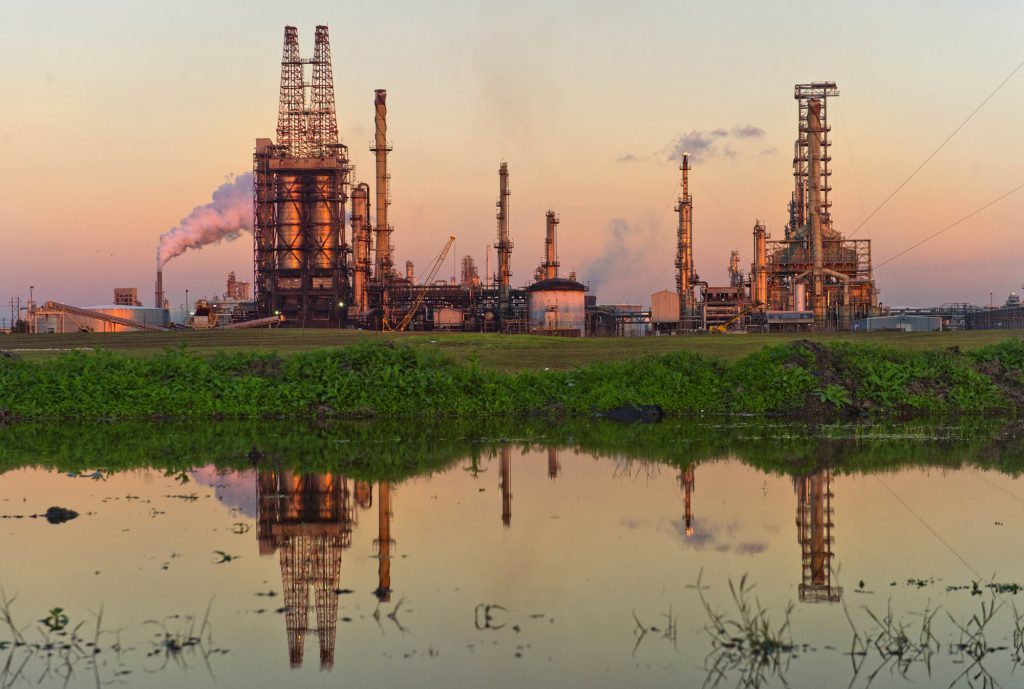
U.K.’s biggest utilities may look like real bargains compared with their European peers. So why aren’t investors piling in?
Britain’s power generators and network managers have gone from being the mainstay of stable returns and dividends to companies fraught with hazards. From the political uncertainty surrounding a price cap and possible dividend cuts to the potential renationalization of networks — this industry has it all.
“Political risk is holding people back,” said Roland Vetter, a portfolio manager and head of research at Praxis Partners LLP, a London-based fund investing in utilities. “These stocks have common themes like regulatory risk and political risk of a potential Corbyn government.”
Centrica Plc is trading at its lowest level in almost two decades after a profit warning in November. It’s not just the nation’s biggest supplier to homes that’s languishing at the bottom of the pile, five of the nation’s other utilities are also among the worst performers over the past 12 months.
But for investors willing to accept the risk, “low valuations can make it a good sector to play,” says Juan Camilo Rodriguez, equities analyst at AlphaValue SAS in Paris.
Here are five issues to consider before you invest:
1. Political Risk
The U.K. Government plans to have a law to cap energy prices for consumers rubberstamped by the Parliament this summer so the measure can be introduced in time for next winter. Exactly how punitive the level will be for companies is a key question for investors.
There are impending price limits for water companies too. A tougher framework by regulator Ofwat will save customers as much as 25 pounds ($35) a year from 2020 and the watchdog has indicated allowed returns will be cut. Moody’s Corp. cut Severn Trent’s credit outlook to negative from stable last month.
2. Increased Competition
The nation’s six biggest utilities that supply about 80 percent of households are facing more competition than ever from smaller suppliers. There are now about 60 companies to choose from and the number of customers switching supplier rose to a record last year.
SSE and Innogy SE’s Npower unit plan to merge their household energy supply and services units. The creation of a new independent company will be completed by the fourth quarter or in the the first quarter of 2019.
3. Inflation
U.K. inflation hit a five-year high in November of 3.1 percent and was just shy of that last month. Companies with regulated assets from National Grid Plc to the networks division of SSE Plc suffer at times of high inflation because they can’t apply it to network charges for two years, squeezing profits, according to AlphaValue’s Rodriguez. The Bank of England raised interest rates for the first time in over a decade in November to curb price growth and has said more hikes could be on the way.
4. Dividend Cuts?
Centrica has the highest estimated yield of all the companies in the FTSE 100 index. A high dividend yield may correspond to a falling share price and can indicate a bigger risk of a company cutting its dividend to reduce costs. All of the listed energy and water companies have a higher yield than the FTSE 100 average. Since SSE’s dividend is linked to inflation, it may need to be revised, according to Jefferies Group LLC. The current dividend yield “suggests that a cut is already priced-in,” according to the bank.
SSE said Wednesday in a trading statement that it plans an increase in the full-year dividend in line with inflation.
National Grid, SSE and Centrica declined to comment for this article.
Estimated Declared Dividend yield in percent Dividend in GBp Centrica 8.53 3.60 SSE 7.17 28.40 National Grid 5.21 15.49 United Utilities 4.72 13.24 Severn Trent 4.01 34.63 Average of FTSE 100 3.45
5. Renationalization?
Labour leader Jeremy Corbyn wants to renationalize energy infrastructure and create publicly-owned energy companies. Returning utilities to public ownership would be expensive, but it’s policies such as those that has brought Labour within sniffing distance of power. It would cost 55.4 billion pounds to buy back just the transmission and distribution networks and an extra 130 billion pounds for a wider renationalization of energy sector, according to the Centre for Policy Studies.
